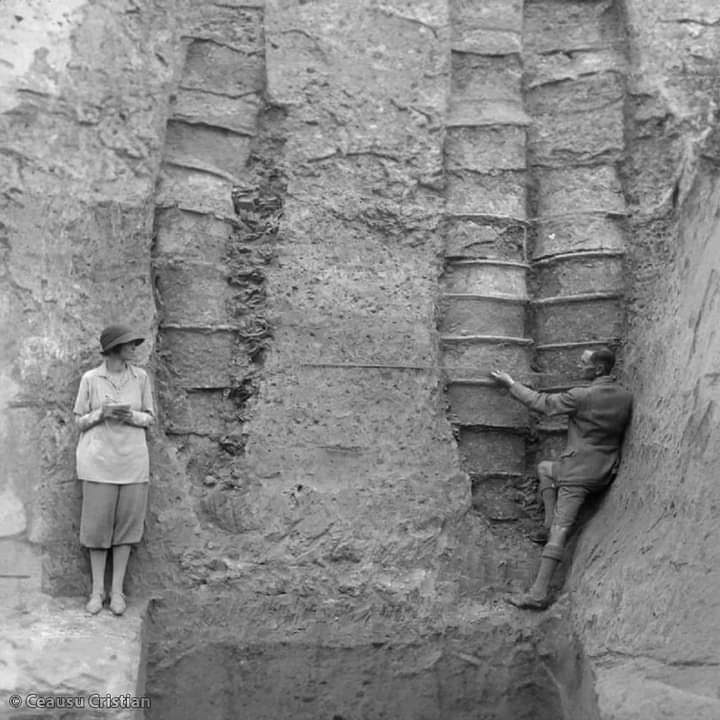
Ancient Engineering Marvel: Sumerians’ Advanced Drainage System in Ur
While some hold the belief that the Earth is only 6,000 years old, archaeological discoveries in Mesopotamia present a broader and more complex picture of early human civilization. One such discovery in the ancient city of Ur, located in present-day southern Iraq, reveals the advanced engineering capabilities of the Sumerians, who lived around 4000 BC.
In Ur, the Sumerians developed an intricate drainage system utilizing baked clay rings, an innovation that effectively managed wastewater, enhanced urban sanitation, and prevented floods. These ring-drains demonstrate not only the Sumerians’ understanding of water management but also their ability to create durable and efficient infrastructure.

This significant find underscores the advanced engineering skills of early Mesopotamian societies and challenges contemporary perceptions of ancient technological achievements. The Sumerians’ ring-drain system is a testament to their ingenuity, reflecting a level of sophistication in urban planning and public health measures that is often underestimated in discussions of ancient history.
The discovery has prompted historians and archaeologists to rethink their understanding of early technological advancements and recognize the remarkable contributions of ancient Mesopotamian civilizations. As more artifacts and structures are unearthed, the narrative of human progress continues to expand, showcasing the profound impact of early innovations on the development of civilization.



